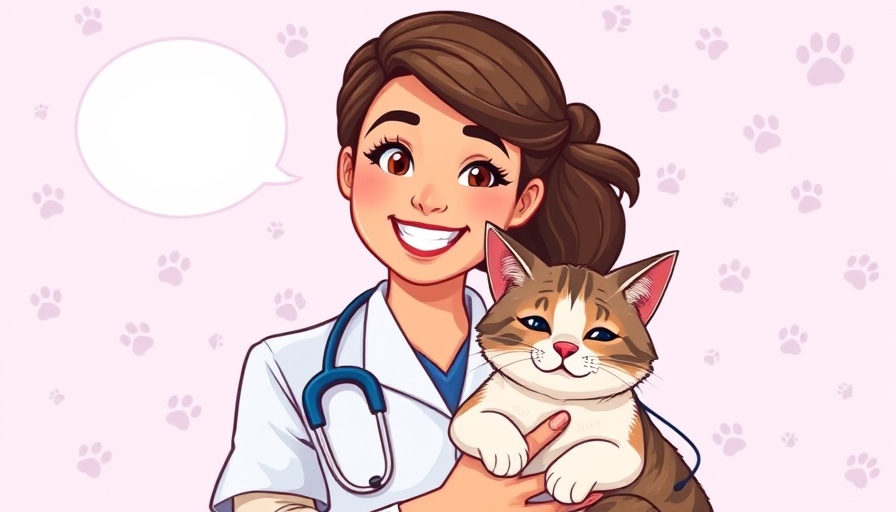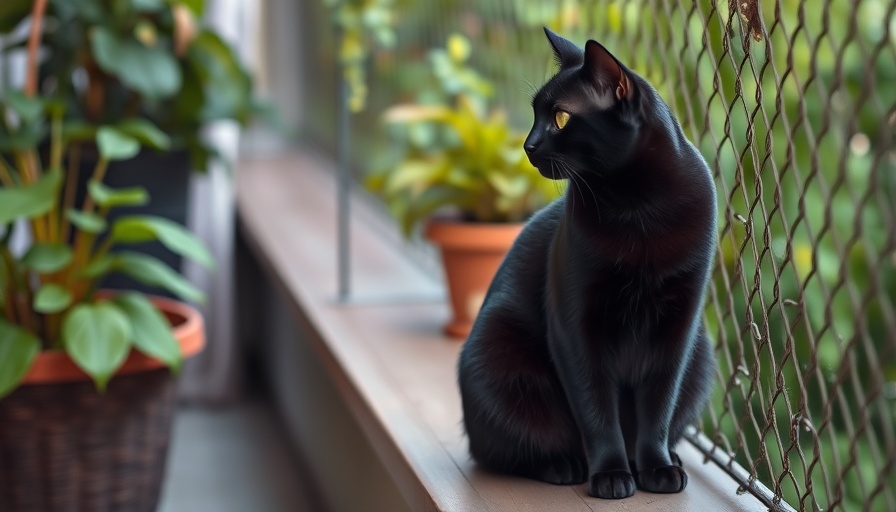
Understanding Picky Eaters: Common Challenges for Cat Owners
As a cat owner, you may have encountered the challenge of a picky eater, which can be especially frustrating. A case like Winston's, where a Ragdoll prefers gravy over actual meat, is not uncommon. Cats, by nature, can be particular about their food textures; this can often lead to behaviors like selective eating. What's more, different breeds can have their own unique quirks.
Importance of Hydration: A Cat’s Perspective
Not all cat owners realize that hydration is just as crucial as nutrition. Most cats, like Winston, can show a low thirst drive, inherited from their ancestors who obtained moisture from prey. While wet food isn’t essential if your cat eats a balanced dry diet, finding creative alternatives for hydration—like offering water-rich treats or creating flavorful broths—can significantly contribute to your cat’s long-term health.
Consulting the Experts: A Resourceful Approach
In situations where a cat’s eating habits change unexpectedly or if they show signs of illness, it's vital to consult with a veterinarian. Platforms like PangoVet allow pet owners to seek guidance online, making it easier for you to get the advice you need, especially when in-person visits might not be feasible.
Incorporating Cat-Friendly Solutions: Offering Choices
To ease the feeding concerns of cats like Winston, consider providing multiple food styles. This not only diversifies their food options but can also make meals more engaging. For Ragdolls specifically, serving their meals in different textures or mixing in prescriptions with safe, tasty toppings can encourage a more rounded diet. Always remember to coordinate any new foods or treats with your vet to prevent any health complications.
Behavioral Insights: Why Picky Behavior May Occur
Picky eating behaviors often stem from natural instincts. Cats are creatures of habit, and even slight changes in their environment or routine can affect their eating preferences. Observing your cat's behavior can provide insight into their likes and dislikes, making it easier to customize their diet.
The Role of Community in Pet Ownership
Human intervention and support systems play a crucial role in improving pets' well-being. For veterinarians, pet nutritionists, and advocates, sharing tips and experiences can help inform others dealing with similar issues. Engaging with local pet groups or forums can provide fresh perspectives, support, and innovative solutions.
Actionable Tips for Encouraging Healthy Eating Habits
To support healthy eating habits in your feline companion:
1. Experiment with multiple flavors and textures to stimulate interest.
2. Incorporate warming up food or adding broths to enhance flavors.
3. Introduce environments that encourage drinking, like fountains or different water bowls placed in strategic locations.
Conclusion: Sustaining Our Furry Friends’ Health
Caring for our feline friends involves understanding their dietary needs and preferences and encouraging healthy habits. By recognizing the nuances in their eating behaviors, consulting professionals when needed, and fostering a supportive community, we can help our pets thrive. Don’t hesitate to reach out for advice if your cat struggles with eating.
 Add Row
Add Row  Add
Add 




Write A Comment